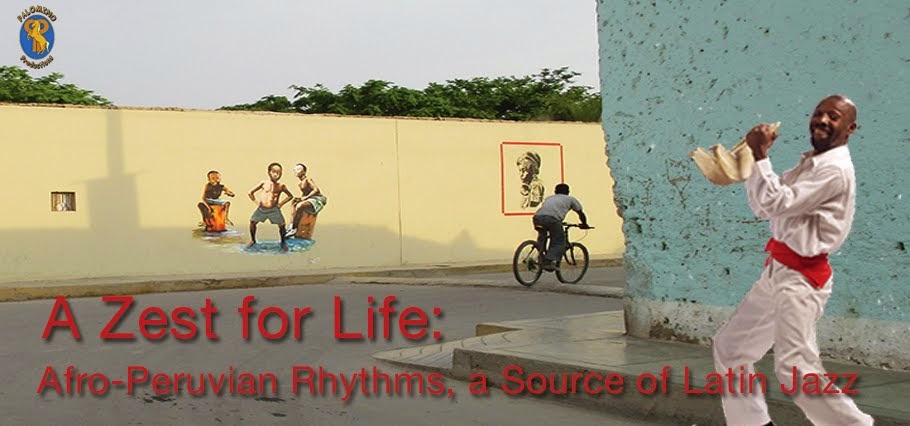The "checo" is a percussion instrument made out of a large gourd. It was developed by Afro-Peruvians and had nearly passed into extinction. It wasn´t known outside of the Afro-Peruvian community, and Afro-Peruvian traditional music itself was in danger, due to commercialization and the financial instability of the Afro-Peruvian community, which made it difficult for people to take the time to master their music and retain all of its flavor.
Even the seeds of the gourd out of which the
checo is made were getting hard to find.
 |
| Couldn't find photo of a checo. Imagine THIS gourd without the top part, just the spherical section at the bottom. |
A town called Zaña in northern Peru has undertaken to help restore and popularize the
checo. To this end, residents have tracked down and conserved the seeds, planted them, and grown more of the gourds. They have also established music classes to teach the use of this instrument, and participated in festivals both local and in Peru´s capitol city, Lima. And now, they´ve made a video about it, explaining its history and demonstrating its use.
You might find this interesting. Here´s the
LINK.
The video, produced by the Museo Afroperuano de Zaña, is in Spanish...but the music and the dancing, well, everyone can enjoy those whether or not they speak Spanish.
The marvelous adaptability of Afro-Peruvians, their ability to make music and other forms of art out of the most mundane objects, is one of the hallmarks of the community. May we all learn to make beauty out of the commonplace, and music out of what's around us.
OUR NEXT BLOG will be about the CD we're about to release. It'll be the musical track from our documentary,
A Zest for Life: Afro-Peruvian Rhythms, a Source of Latin Jazz.





